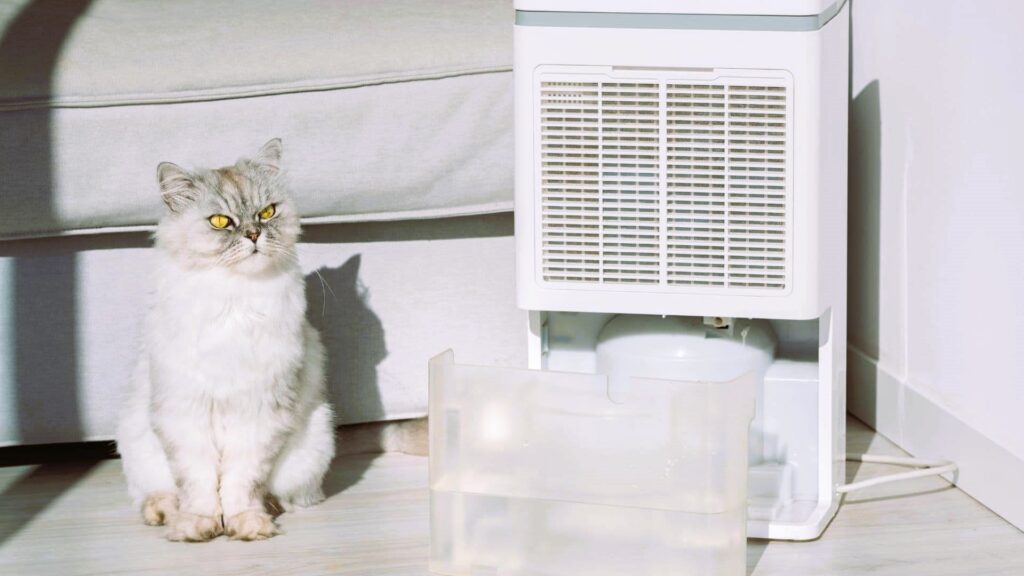Moisture, a seemingly innocuous element, can be a silent saboteur when it comes to the health of our homes. Achieving the right balance in moisture levels is crucial for creating a living space that is not only comfortable but also conducive to overall well-being. In this exploration of moisture control in homes, we’ll unravel the challenges, health implications, and the role of standardization in maintaining the delicate balance.
The Impact of Excess Moisture
Excess moisture in homes can lead to a myriad of issues, ranging from structural damage to health concerns. Common problems include mold growth, deteriorating indoor air quality, compromised structural integrity, and the degradation of building materials. Addressing these challenges necessitates a holistic approach to moisture control.
Understanding the Sources
Moisture can infiltrate homes through various sources, both external and internal. Leaks in the roof or foundation, poor ventilation, high humidity levels, and even daily activities like cooking and bathing contribute to the moisture load within a home. Identifying and mitigating these sources are essential steps in achieving effective moisture control.

Health Implications
The presence of excess moisture sets the stage for the growth of mold and other allergens, posing potential health risks. Respiratory issues, allergies, and skin irritations are among the health implications associated with prolonged exposure to damp and moldy environments. Maintaining optimal moisture levels is, therefore, a crucial aspect of ensuring a healthy indoor environment. Learn advanced building science concepts, read more in our article.
Key Strategies for Moisture Control
- Proper Ventilation: Ensuring adequate ventilation in kitchens, bathrooms, and other moisture-prone areas helps expel excess humidity, preventing moisture buildup.
- Effective Insulation: Well-insulated homes are less prone to condensation, reducing the likelihood of moisture-related issues.
- Moisture Barriers: Installing moisture barriers in walls, floors, and ceilings acts as a preventive measure against water vapor infiltration.
- Regular Maintenance: Periodic checks for leaks, roof issues, and proper functioning of gutters contribute to early detection and resolution of potential moisture problems.
- Humidity Control: Using dehumidifiers in areas with high humidity levels helps maintain optimal indoor moisture levels.
Standardization in Moisture Control
Standardization plays a vital role in providing guidelines and best practices for effective moisture control in homes. Recognized standards ensure that homeowners, builders, and professionals adhere to established norms, contributing to the longevity and health of homes. For detailed information on moisture control standards in Canada, you can refer to Canada’s official website.
Canadian Moisture Control Standards
- National Building Code of Canada (NBCC): The NBCC outlines provisions for effective moisture control in building construction, emphasizing measures to prevent water infiltration and accumulation.
- Canadian Construction Materials Centre (CCMC): CCMC evaluates and certifies construction materials for their effectiveness in moisture control, providing a reliable resource for builders and homeowners.
- Canadian Standards Association (CSA): CSA develops and maintains standards related to moisture control in various building components, ensuring consistency and quality in construction practices.
The Holistic Approach to Healthy Living

Achieving moisture control in homes is not just about preventing structural damage; it’s about fostering a healthier living environment. By balancing humidity levels, addressing sources of moisture, and adhering to established standards, homeowners contribute to a space that promotes both physical and environmental well-being.
Conclusion
Moisture control is, indeed, a balancing act – a delicate equilibrium between environmental factors and human health. As we strive for healthier living spaces, recognizing the importance of moisture control and embracing standardized practices become paramount. In the pursuit of a harmonious home, where health and structural integrity coexist, moisture control stands as a foundational principle.
By understanding the challenges, implementing effective strategies, and aligning with recognized standards, homeowners embark on a journey towards creating homes that not only withstand the test of time but also nurture the health and vitality of those who inhabit them. In the grand scheme of healthy living, moisture control is the silent guardian ensuring that our homes remain not just shelters but sanctuaries of well-being.


